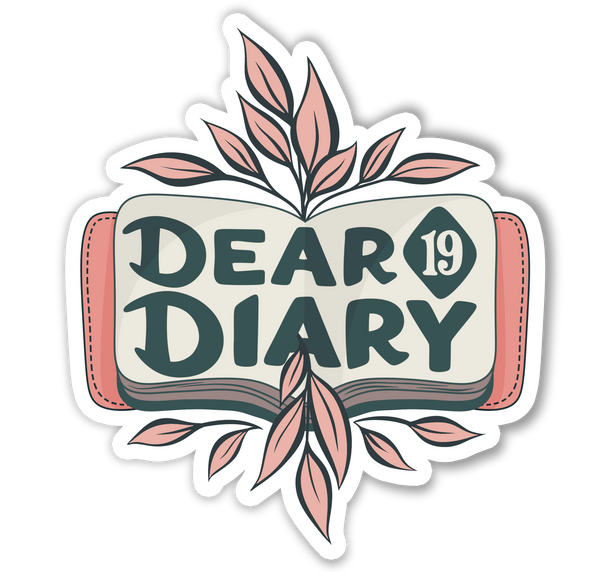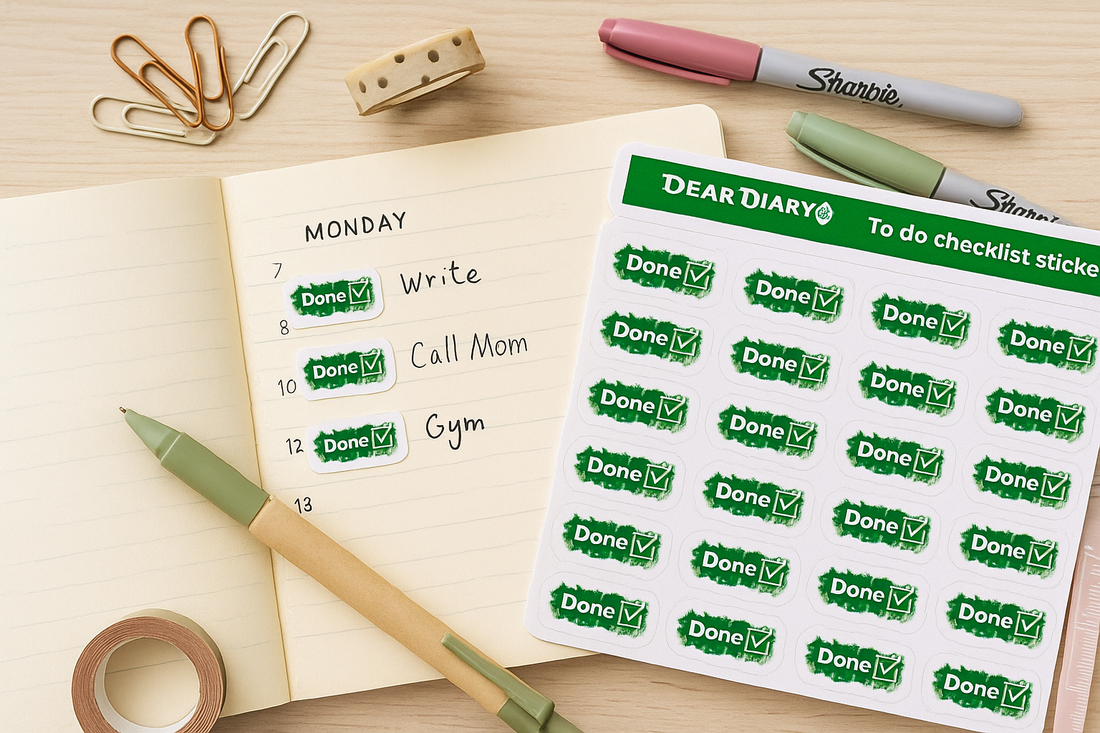Feeling overwhelmed by your never-ending to-do list? Time blocking might be the planning method you’ve been looking for. In this beginner-friendly guide, we’ll break down what time blocking is, how to start using it in your planner, and how to make the most of your day—without burnout.
What Is Time Blocking?
Time blocking is a simple yet powerful productivity technique. Instead of working through a long list of tasks whenever you have time, you assign specific time slots to specific activities in your planner. It’s like creating appointments with yourself for focused work, breaks, or even fun.
Why Time Blocking Works
Here’s why so many planner lovers and productivity pros swear by this method:
- ✅ Helps eliminate distractions
- ✅ Increases focus and efficiency
- ✅ Reduces decision fatigue
- ✅ Makes time for both work and rest
- ✅ Creates a realistic daily structure
Time blocking is especially helpful if you use a daily planner or weekly planner that gives you enough space to write out time slots. Check out our daily planner stickers to make your layout even more functional and beautiful.
How to Start Time Blocking in Your Planner
1. Choose Your Tool
Use a planner with hourly spreads or a bullet journal with customizable layouts. You can also try printable planning sheets or digital planners.
👉 Explore our functional stickers to help organize your time blocks visually.
2. Define Your Priorities
What are your must-do tasks for the day? Identify 3–5 key priorities before you begin scheduling.
3. Block Out Fixed Appointments
Start by blocking off any fixed commitments like meetings, classes, or errands. Use washi tape or vertical stickers for easy visual separation.
4. Schedule Focused Work Blocks
Assign time for deep work tasks (like writing, designing, or studying) and group similar tasks together to maintain flow.
5. Don’t Forget Breaks and Buffer Time
Plan time for meals, short breaks, and transitions between tasks. Your brain needs rest to function well!
6. Color Code or Use Stickers
Make it fun and intuitive! Use different colored pens or decorative stickers to visually organize your blocks and boost motivation.
Tips for Successful Time Blocking
- Start with a rough plan—adjust as needed
- Review your day each evening to improve your schedule
- Don’t overfill your planner—leave room for the unexpected
- Use habit tracker stickers to stay accountable
Final Thoughts
Time blocking can feel rigid at first, but it actually gives you more freedom. When you plan your time intentionally, you can be productive and make space for rest, creativity, and fun. With the right planner layout and some creative sticker magic, your days can flow better than ever.
📌 Related posts you may like:



